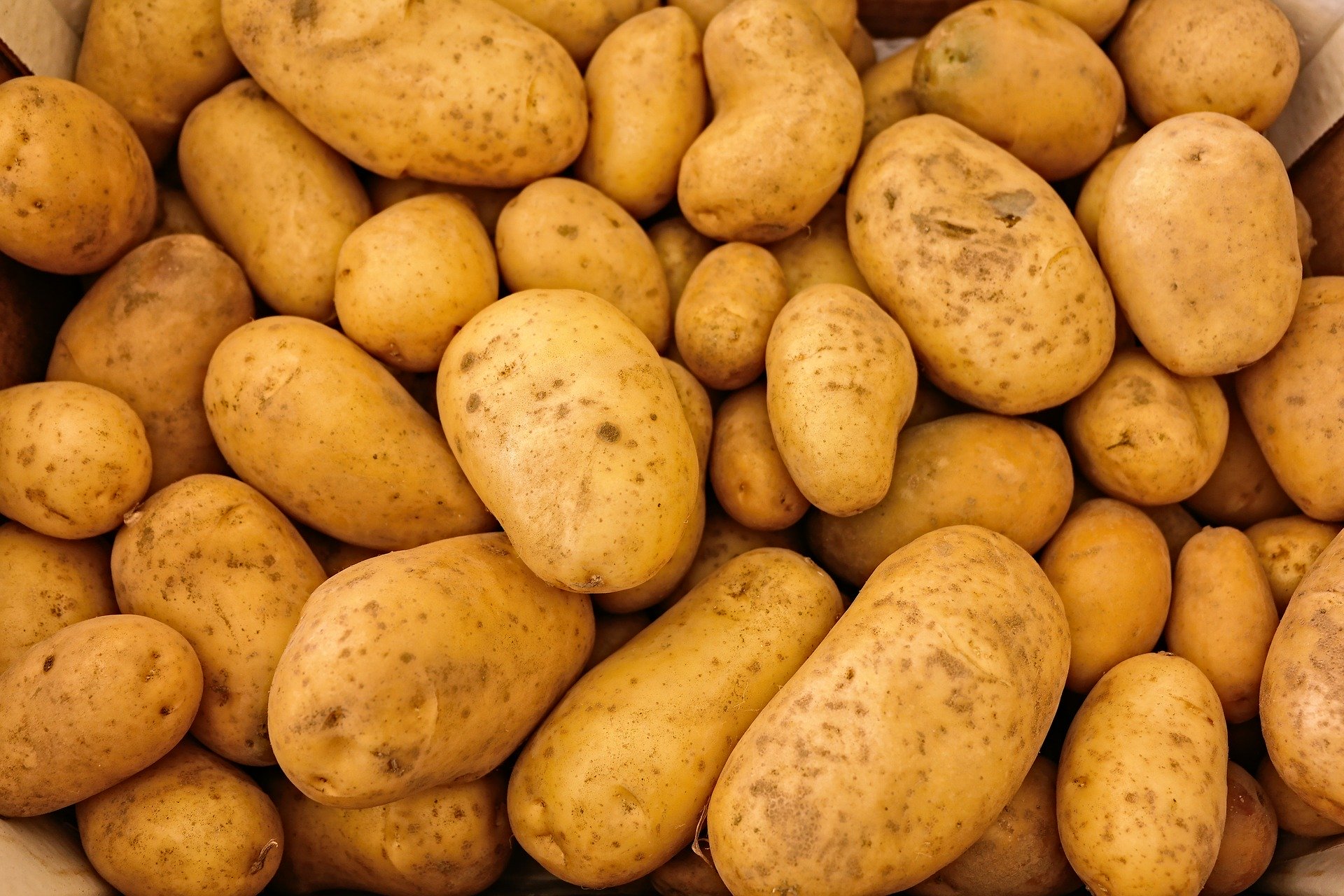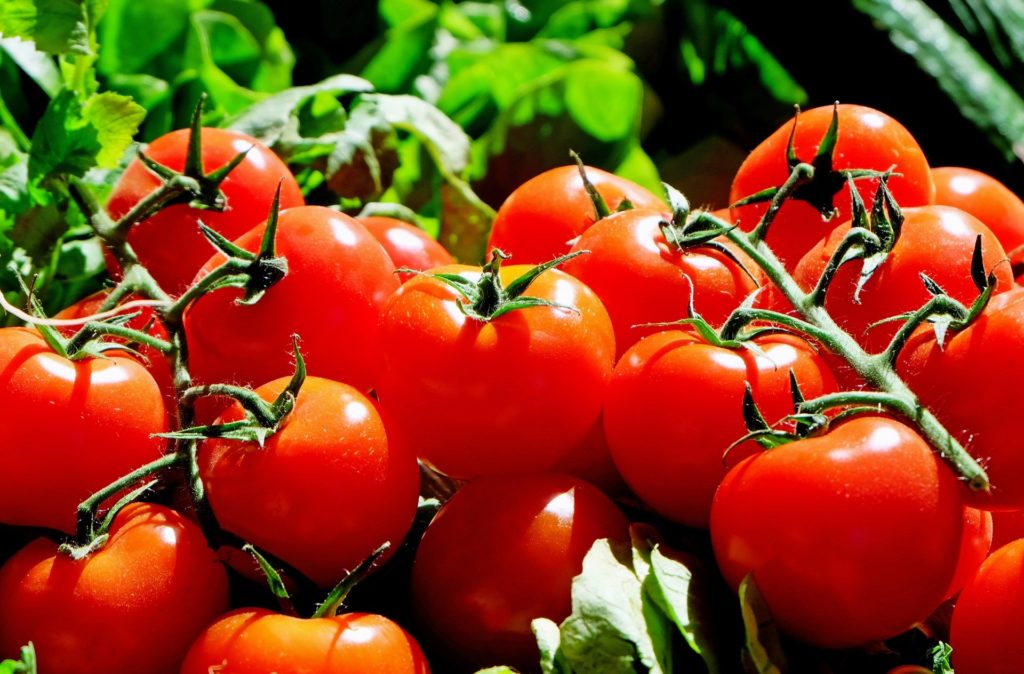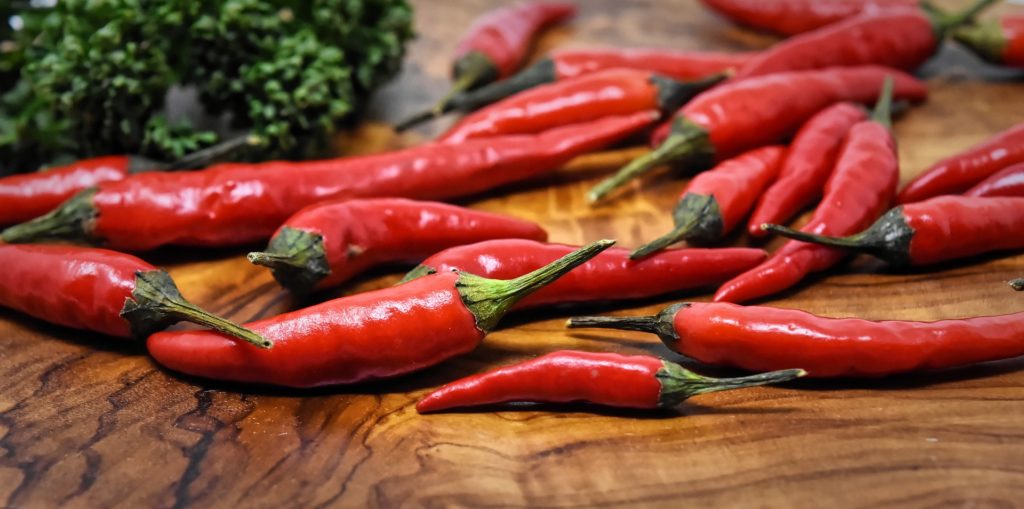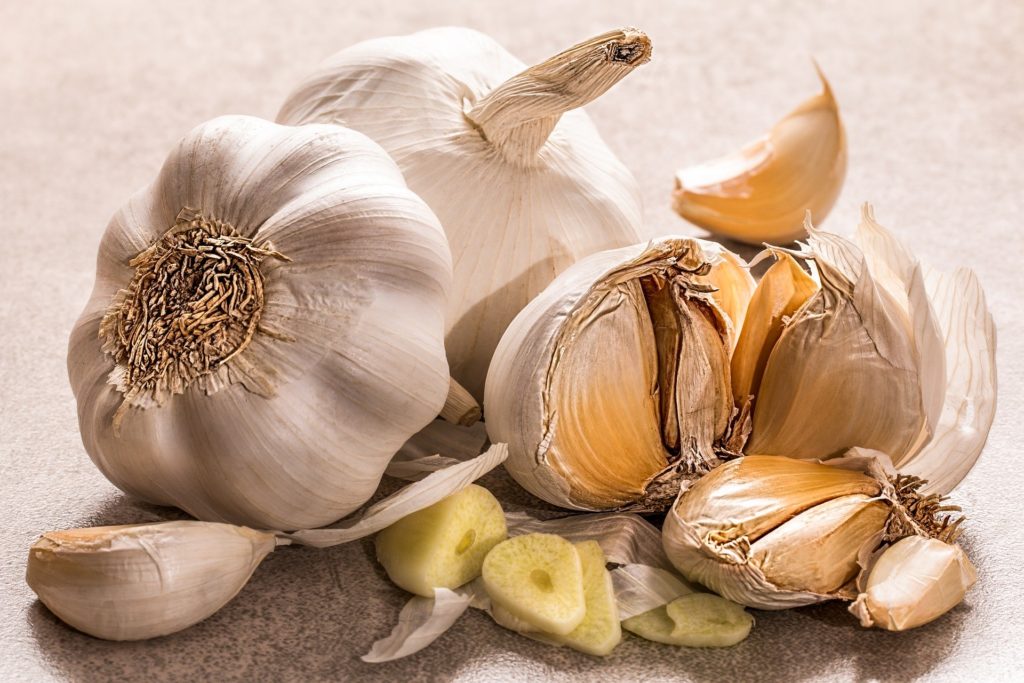Most of the vegetables we consume today, have surprising origins tied closely with the history of the world. Here are some interesting factoids you probably didn’t know.

The humble potato
A cuisine without potatoes is unimaginable today. However, if you turn back the clock just 80-90 years, people in some parts of India were just beginning to see this strange vegetable. My grandmother used to tell me that in her little village in Kerala, they used to see potatoes in the market but very few actually knew what to do with it so it largely remained unused by most of the village folk.
The potato is native to the Americas and is believed to have been domesticated by the people native to the Andes region in South America between 7000 to 10000 years ago.
Potatoes were introduced to Europe from the Americas in the second half of the 16th century by the Spanish colonists. Today they are a staple food in many parts of the world and an integral part of much of the world’s food supply. As of 2014, potatoes were the world’s fourth-largest food crop after maize (corn), wheat, and rice

Tomato
The species originated in western South America and Central America. Its domestication and use as a cultivated food may have originated with the indigenous peoples of Mexico. The Aztecs used tomatoes in their cooking at the time of the Spanish conquest of the Aztec Empire, and after the Spanish encountered the tomato for the first time after their contact with the Aztecs, they brought the plant to Europe. From there, the tomato was introduced to other parts of the European-colonized world during the 16th century. It is believed to have been introduced to India by the Portuguese somewhere around this time.

Chillies
Chillies were introduced to India through Kerala in the 15th century. Kerala was known as the land of black gold around the world due to its massive cultivation and export of black pepper. As one of the only places in the world that cultivated the spice it enjoyed a monopoly for millenia and was famous world-over.
When the Portuguese first visited the subcontinent in the 15th century for trade, they also introduced the concept of red chilli to the local population. It was a tremendous hit with the locals since they were able to now moderate the levels of spice in their food as opposed to being stuck with a standard level of spice that black pepper provided them. Gradually the chilli spread to cuisines all over India and has now become an indispensable part of indian cuisine.

Garlic
This pungent herb is one of the oldest cultivated plants. It was worshiped by the Egyptians as a god and used as local currency. Clay garlic bulbs were placed in Egyptian tombs with the dearly departed.
In addition, garlic was used to pay and feed workers and slaves on the great pyramids. The bulb was so popular with those who toiled on the pyramids that garlic shortages caused work stoppages. A garlic crop failure, due to the Nile flooding, caused one of the only two recorded Egyptian slave revolts.
Garlic is believed to be a native of central Asia, South Asia or southwestern Siberia. There is some debate over the origin of this herb. It is one of the world’s oldest cultivated crops. Garlic lovers carried the pungent herb into Egypt, Pakistan, India and China. The crusaders brought back garlic to Europe. Later Spanish, French, and Portuguese settlers introduced garlic into the Americas.

Comment